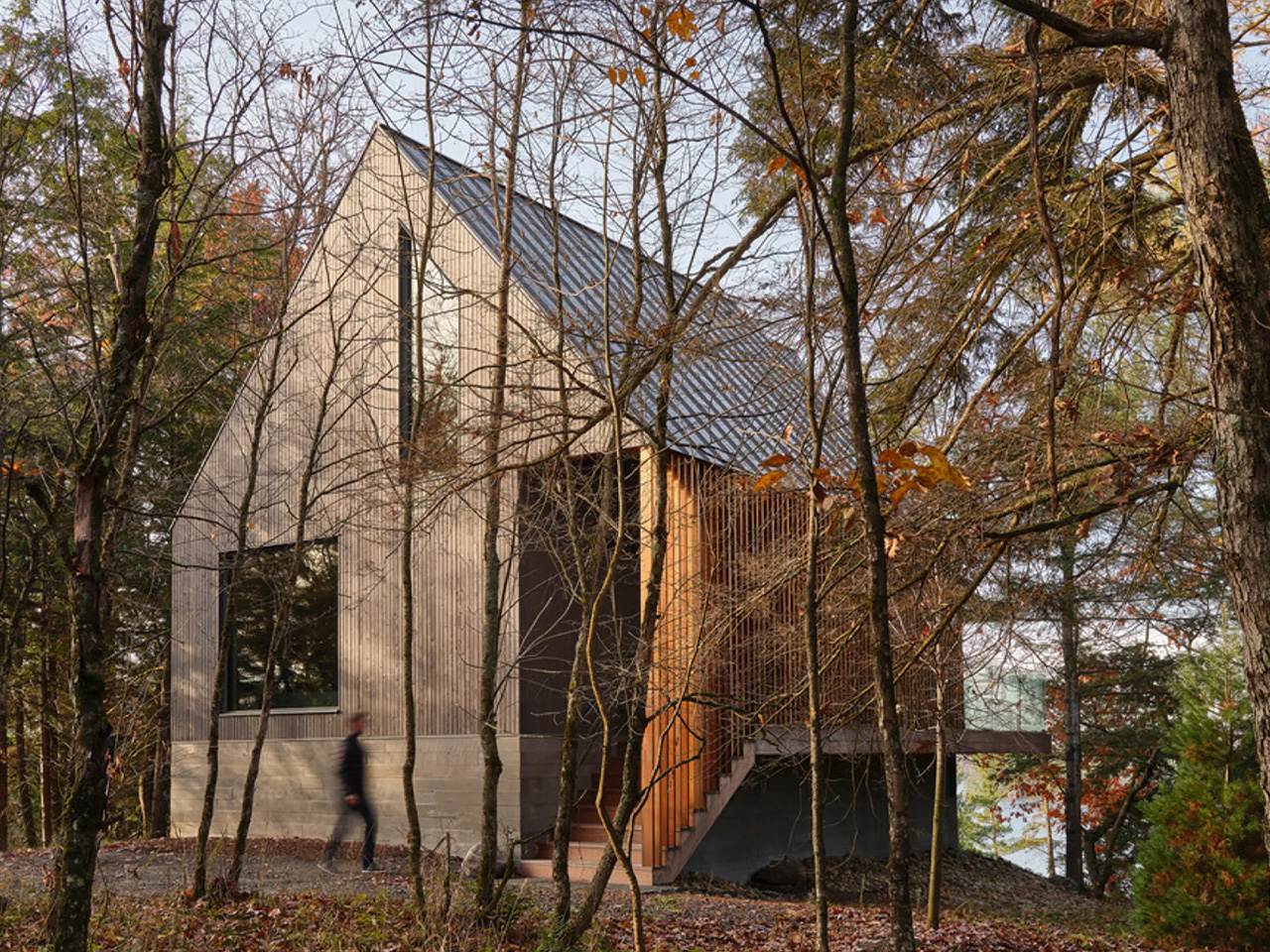This Portuguese outpost offers a sunny climate, a charming Old Town and rich traditions. Nicknamed “The Island of Eternal Spring”, the Portuguese outpost of Madeira, off the coast of Morocco and north of the Canary Islands, is blessed with a mild and sunny subtropical climate which has long lured sun-seeking Brits and Germans, as well as being a popular cruise stop. While most of its shoreline is rocky, there are a couple of beaches with sand imported from the Sahara.
Water temperatures of between 18 and 22 degrees contribute to its appeal as a resort destination. But with its soaring volcanic mountain peaks, abundant nature and rich traditions, basking in the sun should be an afterthought rather than your main motive to visit. Funchal, the capital of the island, has a modern port where more than half a million cruise passengers disembark annually.

From here, it’s an easy walk along the mosaic-paved waterfront to the charming Old Town, with its maze of cobbled streets lined with bars and restaurants housed in buildings dating back to the 15th century. Look out for the quirky “painted doors” art project adorning Rua de Santa Maria, or shop for local produce in the Mercado dos Lavrodores, its entrance marked by hand-painted azulejos tiles. As enticing as the waterfront in Funchal is, don’t miss the opportunity to see the city from above, accessed by the famous cable car ( madeiracablecar.
com/en/ ) that follows an old steam railway route to the elevated suburb of Monte. The ride takes about 15 minutes to reach the top, with stunning views of the ocean and red rooftops of the city en route. A return ride costs €18 ($29).
Admire the exterior of grand estates that line the streets of Monte, and pop into the lovely Church of Our Lady of Monte, where the exiled Austrian emperor Karl – who spent his last days in Madeira – is buried. Ranked among the top 13 most beautiful botanical gardens by Conde Naste Traveler , the Monte Palace Tropical Garden is on the slopes of the former Monte Palace Hotel, right by the exit of the cable car. In 1987, the estate was transformed into an exuberant botanic garden, planted with species native to Madeira including ferns, Canary laurels and cedars, as well as many exotic plants.
The garden features one of the largest collections of cycads in the world, a large collection of azaleas and orchids from the Himalayas and a central koi-filled lake where elegant swans glide; while an unexpected feature is a Japanese garden, with 166 decorative azulejos tiles, sharing the history of the Portuguese in Japan. See montepalace.com What goes up must come down; and rather than walk from the heights of Monte to Funchal town, lazy ex-pats of days gone by employed the services of straw boater-wearing carreiros , or “tobagganeers”, steering hand-crafted wicker sledges along the streets at breakneck speeds of up to 38km/h.
This 150-year-old tradition has become the most popular tourist attraction in Madeira, a hair-raising 10-minute, two-kilometre ride to the village of Livramento. Apparently the carreiros go through a pair of rubber shoes a fortnight, using foot-power to brake on corners. Stupid fun.
The rugged central volcanic mountain range of Madeira – rising to 1800 metres and considered a national monument – is a hiker’s paradise, with the 11-kilometre return route connecting two of the island’s highest peaks, Pico do Ariero to Pico Ruivo, a challenging bucket list item. Narrow pathways on a 1000-metre incline, ominous staircases and spooky tunnels are rewarded with incredible views above the clouds, and the calf burn is well worth the effort. For an easier (and more crowded) hike, try the 4.
3-kilometre 25 Fontes walk, featuring two beautiful waterfalls and lovely views over the Ribeira da Janela valley. Cabo Girão on Madeira’s south coast is the second-highest sea cliff in the world, and the highest in Europe. Peer over the railing to wonder at neat produce gardens at the bottom of the 580-metre cliff, accessed by boat only, or brave the glass-bottom viewing platform if your vertigo is in check.
Stop off en route at Câmara de Lobos, a traditional fishing village with several harbourside bars that was put on the map after being depicted in a painting by Winston Churchill. Madeira has a long wine-making history, with its eponymous fortified wine among its biggest exports (along with bananas). Made with a distilled grape syrup, it comes in several styles, from a dry aperitif to a sweet digestif, with opportunities to taste the range along the Madeira Wines Route, either self-driving or on a wine-tasting tour.
You’ll also no doubt come across poncha , a sweet, potent kick made from fruit and sugar cane; knock it back as an accompaniment to massive skewers of barbecued beef called espatadas. And this being Portugal, there’s nothing more delicious than pasteis de nata , or Portuguese tarts – as Emma Stone’s character in Poor Things says, “Who made these? We need more!” Madeira’s favourite modern son is soccer star Cristiano Ronaldo , immortalised in the portside CR7 Museum dedicated to his career. Inside you’ll find photographs, videos and interactive content following his journey from the streets of Funchal to the world stage, as well as more than 100 trophies celebrating his biggest triumphs.
Or pay tribute by taking a selfie with the lifesized bronze statue by the museum entrance, its polished golden groin testament to the adoration of fans. See museucr7.com Madeira’s airport – officially the Cristiano Ronaldo International Airport – is considered one of the most challenging in the world for landings, with a short approach to a tabletop runway supported by pillars and steep drop-offs into the sea at either end.
Add to that surrounding mountains and crosswinds, and it’s little wonder pilots must undergo additional training to fly to the island. The writer travelled as a guest of Windstar Cruises..



















